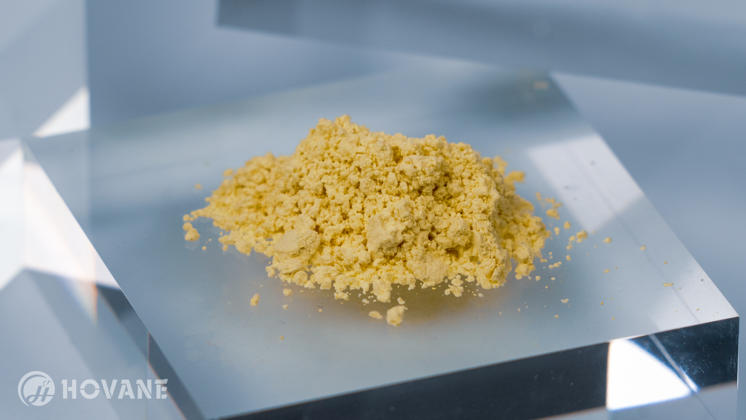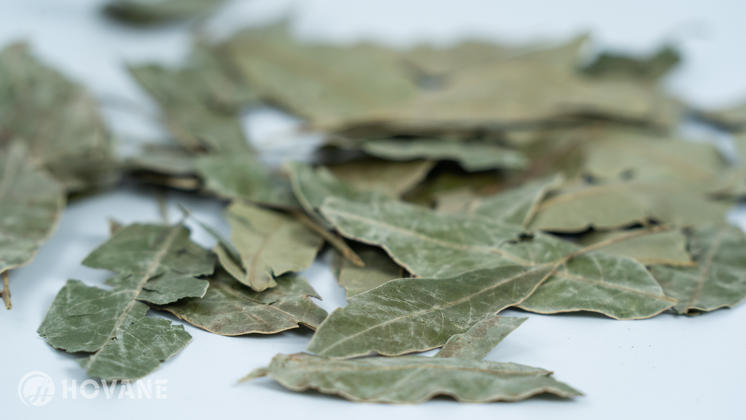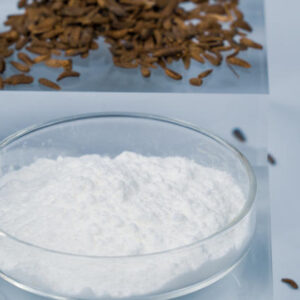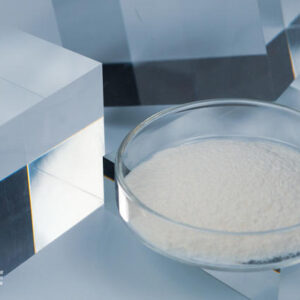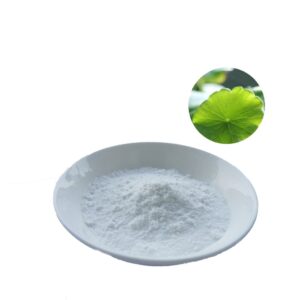Overview:
Taxifolin, also known as dihydroquercetin, is a flavonoid naturally found in various plants. Its antioxidant and anti-inflammatory properties make it an excellent ingredient for dietary supplements, functional foods and beverages, and cosmetic products. In addition to its significant health benefits, taxifolin is exceptionally safe compared to similar compounds. According to research1, taxifolin exhibits no mutagenicity and demonstrates lower toxicity than quercetin at the same dosage.
Hovane Taxifolin:
Since 2018, Hovane has been a leading producer of taxifolin, acquiring the necessary technological know-how to offer it at a high purity level (≥ 95%) on a large scale. Committed to a sustainable future for plant use and the preservation of the slow-growing Dahurian Larch (Larix gmelinii Rupr)—the most common source of taxifolin—we have innovatively sourced our product from the leaves of Engelhardtia roxburghiana. This approach represents a sustainable alternative that aligns with our environmental responsibilities.
All Hovane products are manufactured via a Quality System certified to ISO9001:2015 and tested in accordance with documented quality procedures and approved as a result of meeting the required specification including appearance, purity, identification, heavy metal, and microbiological standards.
Product Details:
| Formal Name | (2R,3R)-2-(3,4-dihydroxyphenyl)-2,3-dihydro-3,5,7-trihydroxy-4H-1-benzopyran-4-one |
| Synonyms | Taxifolin, Dihydroquercetin |
| CAS Registry Number | 480-18-2 |
| Molecular Formula | C15H12O7 |
| Molar Mass | 304.3 g/mol |
| Purity | 95%, 98% |
| Botanical Origin | Engelhardia roxburghiana |
| Plant Part Used | Leaf |
| Form | Powder |
| Color | Light Yellow |
| Solubility | Soluble in boiling water, alcohol, and acetic acid |
| Storage | Keep in cool, dry, and dark place, sealed |
| Shelf Life | 2 years when stored properly |
| Packaging | 1kg – food grade plastic bag
5kg – food grade plastic bag in cardboard box 25kg – food grade plastic bag in fiber drum |
Disclaimer: This product is not intended to diagnose, treat, cure, or prevent any disease. The statements regarding taxifolin have not been evaluated by any regulatory agency.
1. Qiu X-L, Zhang Q-F. Acidic hydrolysis of astilbin and its application for the preparation of taxifolin from Rhizoma Smilacis Glabrae. Journal of Chemical Research. 2021;45(3-4):290-294. doi:10.1177/1747519820948357

